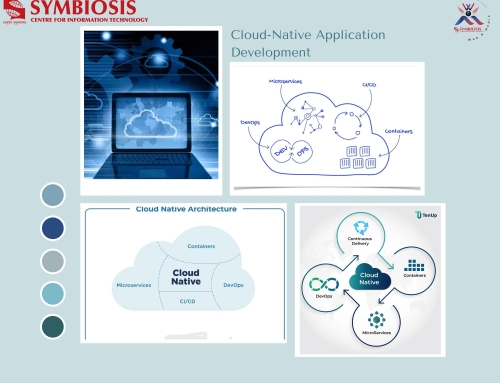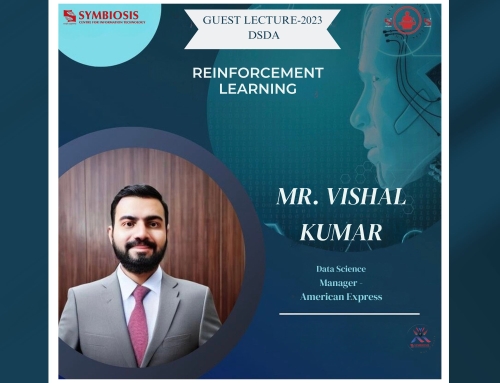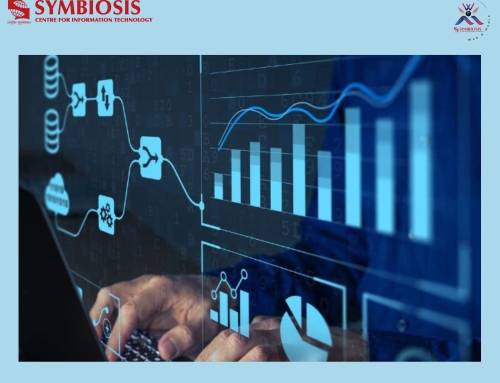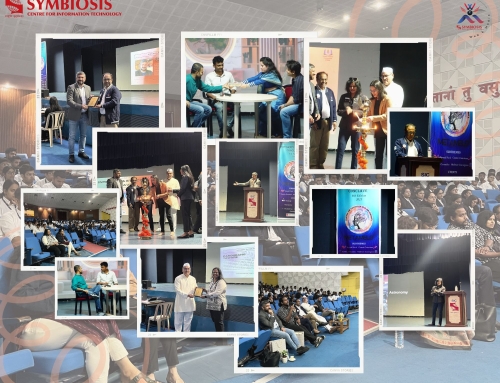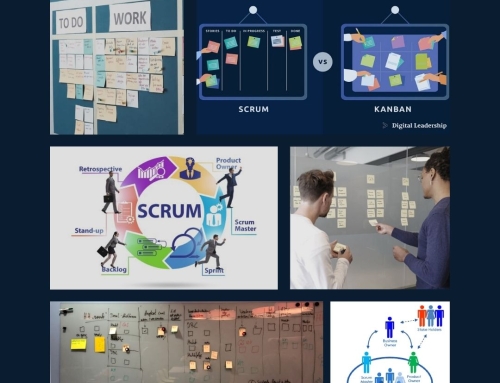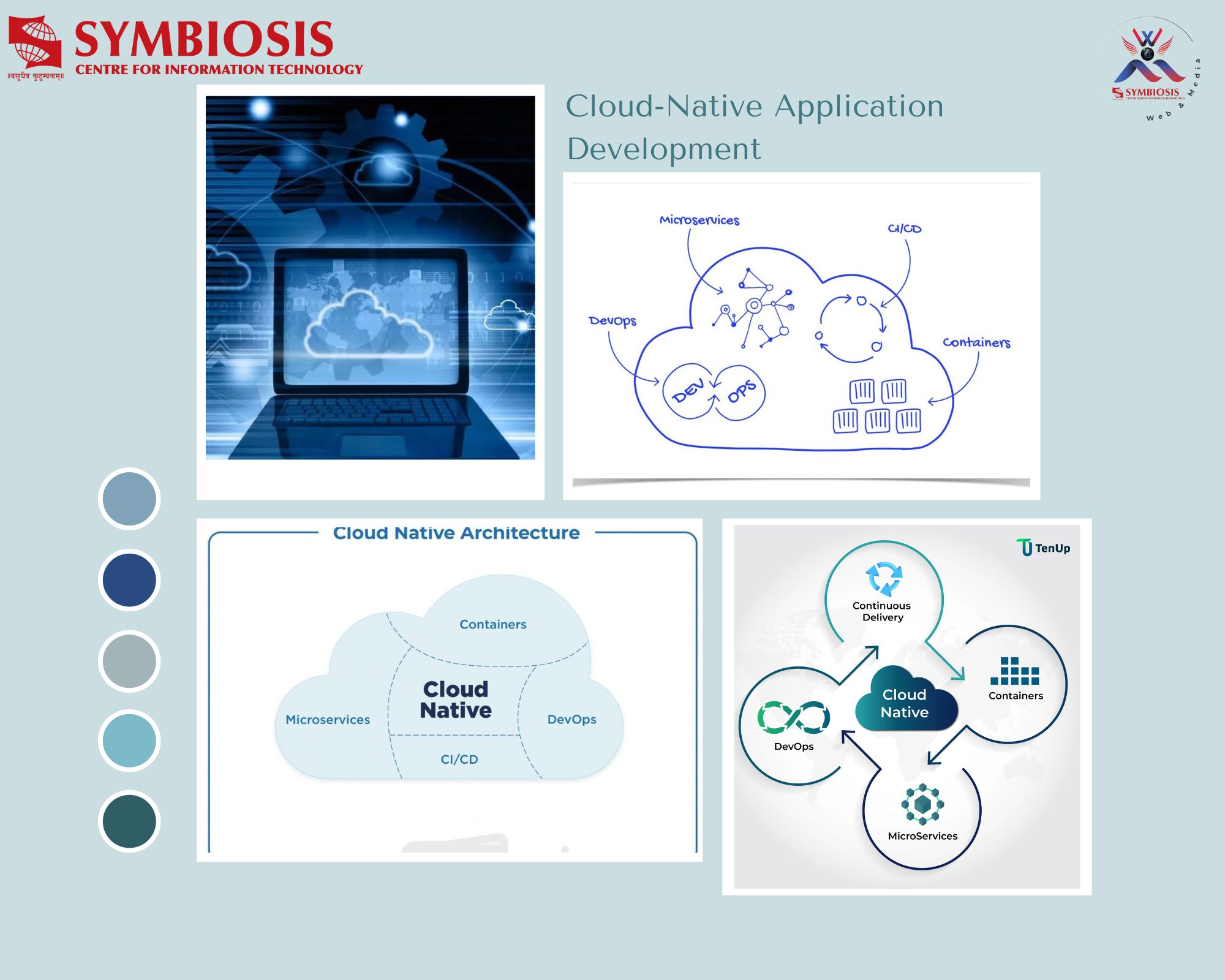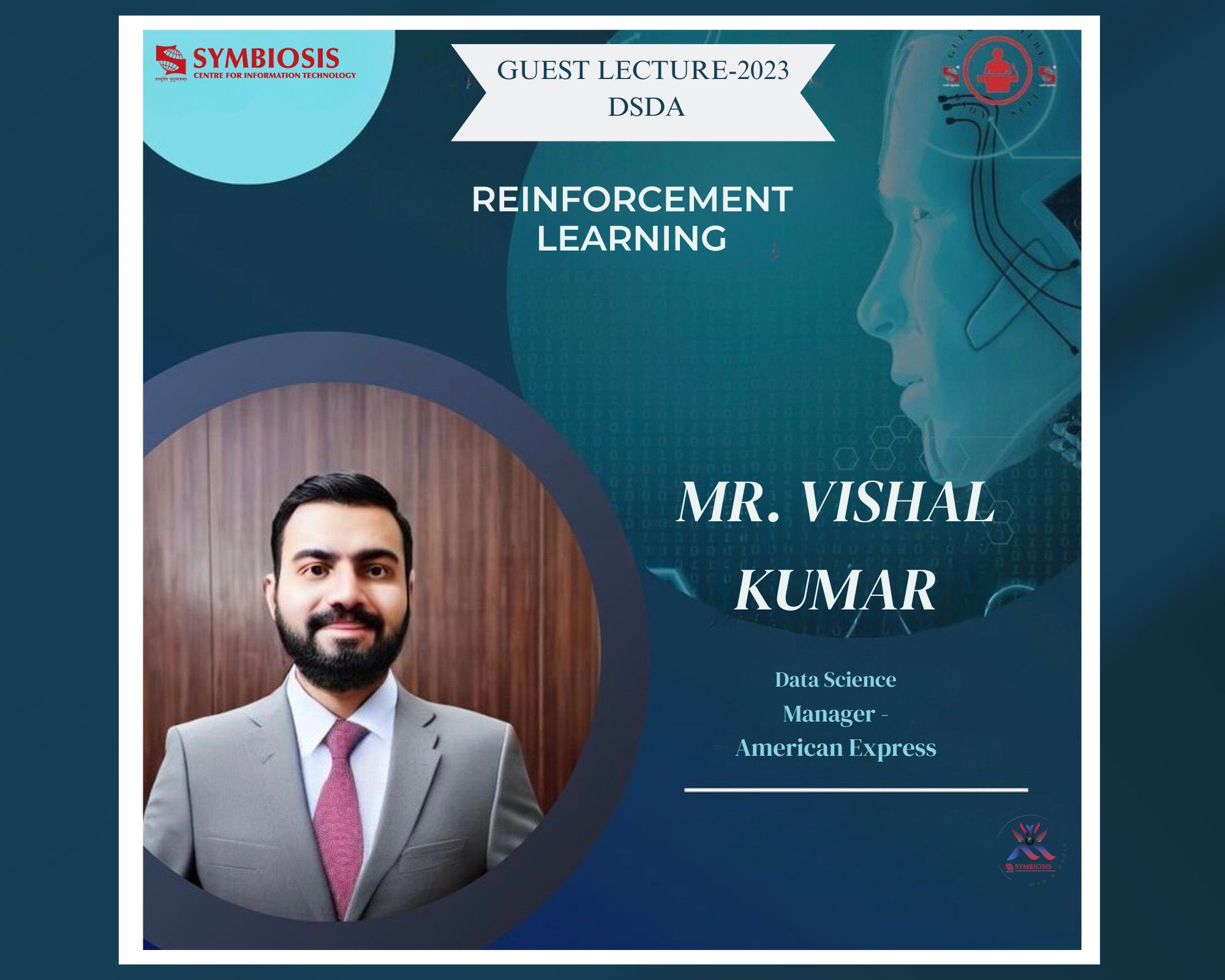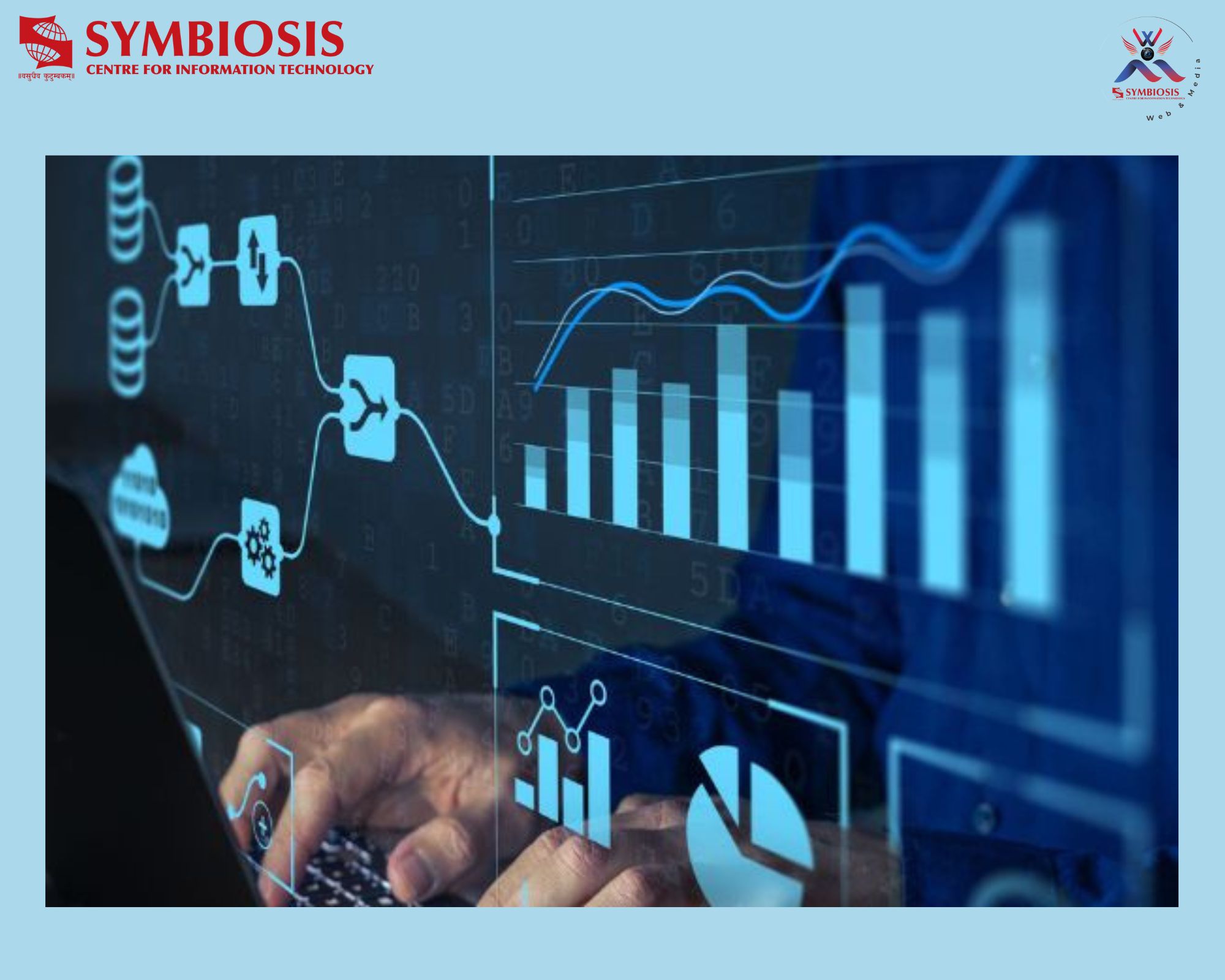Drugs drag you down

June 26 is celebrated as International Day against Drug Abuse and Illicit Trafficking each year. It is an exercise undertaken by the world society to sensitize the citizens in general and the youth in particular, to the hazard of drugs. The picture is bleak if the world statistics on the drugs setting is taken into account. With a turnover of approximately $500 billions, it is the third biggest business in the world, after petroleum and arms trade.
Drug abuse is an intricate phenomenon, which has various social, biological, cultural, historical, geographical and economic aspects. The breakdown of the old joint family system, nonexistence of parental love and care in modern families where parents are running with work, decline of old religious and moral values etc lead to a rise in the number of drug addicts who take drugs to run away from hard realities of life. Drug use, misuse or abuse is also chiefly due to the nature of the drug abused, the individuality of the individual and the addict’s direct environment. The fast changing social setting, among other factors, is largely causal to the proliferation of drug abuse, both of customary and of novel psychoactive substances. The introduction of synthetic drugs and intravenous drug use primary to HIV/AIDS has added a new dimension to the problem, principally in the Northeast states of the country.
It’s a movement that’s been recorded by the new World Drug Report (WDR), of the United Nations Office on Drugs and Crime (UNODC). The report points out a shift towards new drugs and new markets, augmented drug use in developing countries and the mounting abuse of amphetamine-type stimulants (ATS) next to prescription drugs. “We are operationally working on the first ever national policy on prevention of substance abuse in India,” says Mukul Wasnik, Union Minister for Social Justice and Empowerment (MSJE). “It points to a different culture of drug abuse,” says Cristina Albertin, the UNODC spokesperson for South Asia. The report has set off a buzz on the sixth floor of Shastri Bhavan in the Capital. “Awareness is the need of the hour.” Joint Secretary Purnima Singh fleshes it out: there will be more consciousness via curricula from medical colleges to schools, strict vigilance on social networking sites, periodic national surveys on drug abuse, cautious monitoring of chemists, drug demand lessening as a public health policy, shift in handling from detox and rehab to substitution therapy, humane treatment of patients in de-addiction centres. And all that in union with troubled ministries. “Already the National Sample Survey Organization is working on a large-scale study across the country at our command to capture the varying profile of drug abuse in the country,” she adds.
In conclusion, we can say that drug abuse has been realized as a major evil. It is a social problem and has legal ramifications. It has been given a high profile now and mass media has been disseminating information to educate people with the intention of preventing drug abuse. The battle continues and war on drugs is on.
SCIT MBA(ITBM)2013-2015

